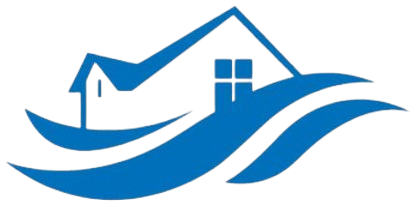Drywall Water Damage Restoration in Meiners Oaks, California
Possible causes of drywall water damage
Water damage to drywall can occur from a variety of sources around home or business properties. Faulty plumbing leaks, broken or burst pipes, and leaking appliances often lead to moisture seeping into walls, causing significant damage over time. Additionally, natural disasters such as heavy rains or storms can lead to water intrusion, especially if waterproofing measures are not properly in place.
In some cases, the damage results from internal issues like roof leaks or condensation build-up within the walls. Ignoring small signs of water intrusion can quickly escalate into extensive drywall deterioration. This can compromise the structural integrity of your walls and create an unhealthy indoor environment with mold growth if not addressed promptly.
How can we fix water-damaged drywall in Meiners Oaks?
Our team begins the restoration process with a thorough assessment to understand the extent of the water damage. Using advanced moisture detection tools, we locate all areas affected beneath the surface. Once identified, we carefully remove the saturated drywall to prevent further spreading of mold or rot.
After removal, our experts focus on drying out the wall cavities completely. We use high-powered industrial dehumidifiers and commercial fans to ensure rapid and thorough moisture extraction. This step is crucial to prevent mold growth and to prepare the space for repairs.
Finally, we provide professional drywall repair and installation. Our team matches the existing textures and finishes to restore your walls seamlessly. We also apply mold-resistant treatments to safeguard against future issues, ensuring your drywall is both restored and protected. For expert drywall water damage repair, contact us today at (888) 884-7150 for immediate assistance.
Why are we the best choice for drywall water damage restoration in Meiners Oaks?
Our experienced team understands the unique challenges posed by water damage in this region. We combine industry-leading techniques with years of local experience to deliver fast, reliable solutions. Our priority is to restore your property efficiently while ensuring the highest standards of safety and quality.
We use state-of-the-art equipment designed for thorough moisture detection and drying, which minimizes the need for extensive drywall replacement. Our specialists are certified in water damage remediation, mold prevention, and structural repairs, giving you peace of mind knowing your property is in expert hands.
Customer satisfaction is at the core of everything we do. We work closely with you throughout the process, providing clear communication and transparent pricing. Our goal is to restore your drywall to its original condition or better, with minimal disruption to your daily life. For trusted drywall water damage services, call us now at (888) 884-7150.
Frequently Asked Questions
What are the signs of water-damaged drywall?
Signs include stains, discoloration, peeling paint, musty odors, and bubbling or soft spots on the wall surface. If you notice any of these, it’s important to seek professional help promptly.
Can I repair water-damaged drywall myself?
While minor surface damage can sometimes be addressed by homeowners, extensive water intrusion requires professional assessment and repair. Improper repairs can lead to mold growth and further damage.
How long does drywall water damage restoration usually take?
The timeline depends on the extent of the damage. Minor repairs may take a day, while extensive damage could require several days for complete restoration, drying, and repairs.
Will my drywall need to be completely replaced?
If water damage is severe and mold has developed, full replacement might be necessary to ensure structural integrity and health safety. Our experts evaluate every situation carefully to recommend the best course of action.
What steps can I take to prevent future drywall water damage?
Regularly inspect plumbing, install proper drainage systems, and maintain roofing to prevent leaks. Address any signs of water intrusion immediately and keep indoor humidity levels low to reduce risk.
